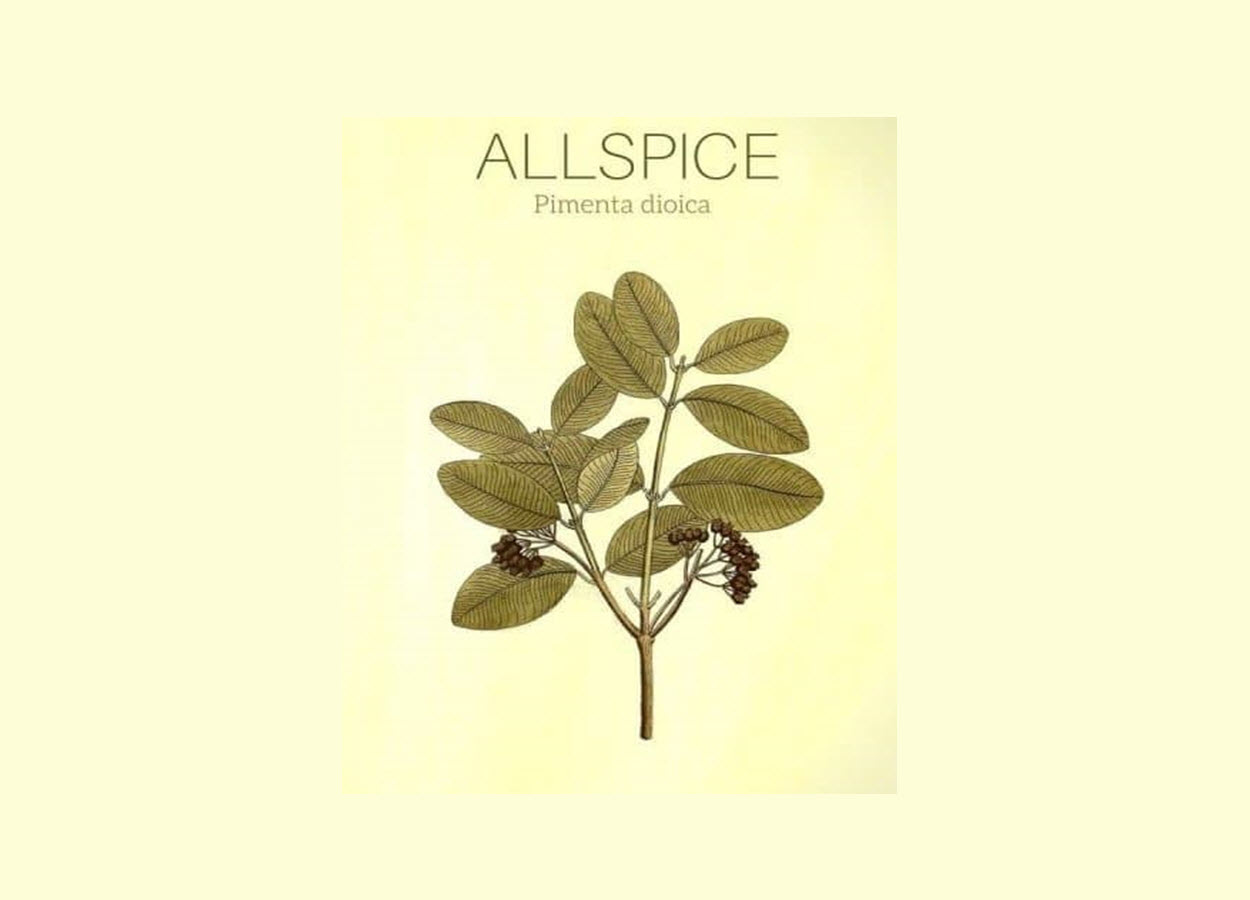Plum for Skin, Hair & Healthcare
About Authors
Monika Chamoli 1, Upma Singh 2, Raaz K. Maheshwari 3 *
1 Department of Applied Sciences, Pt LR College of Technology, Faridabad, Haryana
2Department of Applied Chemistry, School of Vocational Studies & Applied Sciences, Gautam Buddha University, Gautam Buddha Nagar, Greater Noida, UP
3 Department of Chemistry, SBRM Govt PG College, Nagaur, Rajasthan
*gcacs60@gmail.com





 ABOUT AUTHORS
ABOUT AUTHORS






